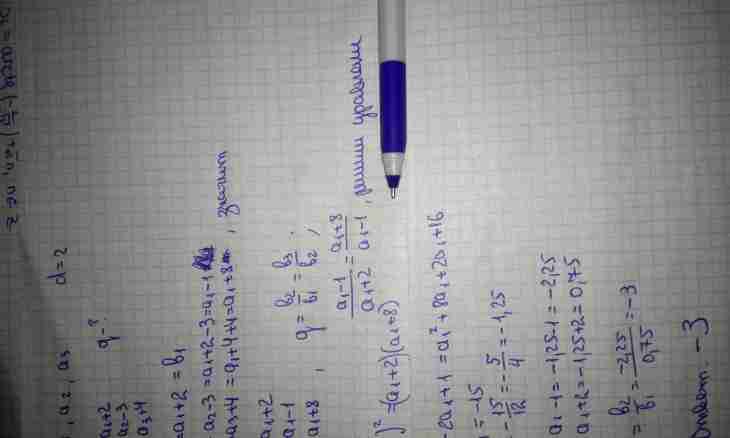The arithmetic sequence is the sequence of numbers in which each new number turns out by addition of a certain number to previous. Number n is number of members of an arithmetic progression. There are formulas connecting parameters of an arithmetic progression from which it is possible to express n.
It is required to you
- Arithmetic progression
Instruction
1. The arithmetic progression is the sequence of numbers of a type of a1, a1+d, a1+2d..., a1+(n-1)d. Number d is called a progression step. It is obvious that the general formula of any n-go of the member of an arithmetic progression has an appearance: An = A1+(n-1)d. Then knowing one of members of a progression, the first member of a progression and a step of a progression, it is possible to define, that is number of the member of a progression. Obviously, it will be determined by formula n = (An-A1+d)/d.
2. Let m-y the member of a progression and some other member of a progression - n-y be known now, but n is unknown, as well as in the previous case, but it is known that n and m do not coincide. The step of a progression can be calculated on a formula: d = (An-Am)/(n-m). Then n = (An-Am+md)/d.
3. If the sum of several elements of an arithmetic progression and also its first and last element is known, then the quantity of these elements can be defined too. The sum of an arithmetic progression will be equal: S = ((A1+An)/2) n. Then n = 2S / (A1+An) - number of chden of a progression. Using the fact that An = A1+(n-1)d, this formula it is possible to rewrite in a look: n = 2S / (2A1+ (n-1)d). From this formula it is possible to express n, solving a quadratic equation.

